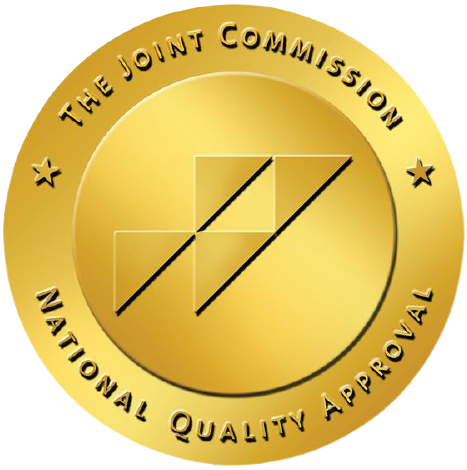Trying to figure out which therapy approach is right for you can feel like navigating a maze. If you’ve been looking into your options, you’ve probably come across Cognitive Behavioral Therapy (CBT) and Dialectical Behavioral Therapy (DBT). While they might sound similar, and do share some similarities, these two approaches help people in different ways.
What is CBT?
Think of Cognitive Behavioral Therapy (CBT) as a practical toolkit for your mind. You know those thoughts that keep popping up, like “I’m not good enough” or “Everything always goes wrong for me”? CBT helps you catch these thoughts in action and change the script. It’s like having a personal trainer for your brain, teaching you to spot unhelpful thinking patterns and practice replacing them with more balanced ones.
In CBT sessions, your therapist becomes your partner in detective work. Together, you’ll:
- Spot negative thought patterns
- Figure out what triggers them
- Learn practical ways to challenge them
- Build up your problem-solving muscles
- Create strategies that actually work in real life
What is DBT?
Dialectical Behavior Therapy (DBT) takes a different approach. Originally created for people dealing with borderline personality disorder, it’s now used to help lots of folks to manage strong feelings. The word “dialectical” sounds complex, but it simply means finding balance between opposites- such as between accepting yourself as you are and also making positive changes.
A DBT program usually includes:
- Learning to stay present instead of getting lost in feelings like worry, anger, or sadness
- Practical tools for handling overwhelming emotions
- Ways to cope when everything feels like too much
- Skills for building stronger relationships
- Both one-on-one and group sessions where you can practice these skills
CBT: The Foundation of Modern Therapy
CBT isn’t just another therapy trend – it’s one of the most robustly studied and effective forms of mental health treatment. When you’re stuck in a cycle of painful thoughts, CBT steps in to help you take back control instead of letting the thoughts run the show.
You’ll meet with your therapist weekly, usually one-on-one, and work together for a specific period. Your therapist becomes your ally in challenging those persistent thought patterns that have been making life harder.
DBT: A Specialized Form of CBT
DBT is related to CBT and evolved to help people who feel emotions so intensely that traditional approaches weren’t quite enough. DBT gives you a full toolkit for handling life’s ups and downs. You’ll have your personal therapist, plus a group where you can learn and practice skills with others who get what you’re going through. DBT specifically includes a focus on mastering effective interpersonal skills. These are important for meaningful connections and for meeting your needs.
Philosophical Differences Between CBT and DBT
CBT Philosophy
If you’ve ever wished you could be more logical about your emotions, you’ll appreciate CBT’s approach. Its informed by the Socratic method where you focus on using reason to understand your feelings better. The idea is that what you think impacts how you feel and act. Think of it as training your inner detective to examine your thoughts more carefully instead of letting them pass by automatically. Your therapist will help you gather evidence about your thoughts and beliefs, just like solving a mystery, but the mystery is why you feel the way you do.
DBT Philosophy
DBT includes elements of mindfulness, drawing from ancient contemplative practices and modern psychological science. Instead of trying to logic your way out of painful feelings, DBT teaches you to acknowledge and observe your emotions without letting them overwhelm your rational mind. This dual-focus approach is central to DBT’s effectiveness – you learn to sit with difficult feelings while maintaining your ability to think clearly and make wise decisions. The practice helps you find that crucial balance between radical acceptance of your current state and active engagement in meaningful change, enabling genuine transformation without self-judgment or harsh criticism.
How to Choose Between CBT and DBT
Here’s the thing – you don’t have to figure this out alone. The best first step is talking to a mental health professional who can help you determine which course of action is best for you. They’ll look at what you’re dealing with, what’s worked (or hasn’t worked) for you before, and what you’re hoping to get out of therapy. Then they can point you in the right direction.
Think about:
- What brings you to therapy in the first place
- How you typically handle emotional situations
- If you need help with specific issues or more general life challenges
Understanding Your Options
The journey to better mental health isn’t one-size-fits-all. Both CBT and DBT offer valuable tools for healing and growth, but they take different routes to get there. CBT might be your best bet if you’re looking to reshape thought patterns and tackle specific challenges. On the other hand, if you’re dealing with intense emotions and need comprehensive support, DBT could provide the structure and skills you’re looking for.
Remember that neither choice is permanent – many people find that their needs change over time, and that’s perfectly normal. The most important thing is taking that first step toward getting the support you deserve.











